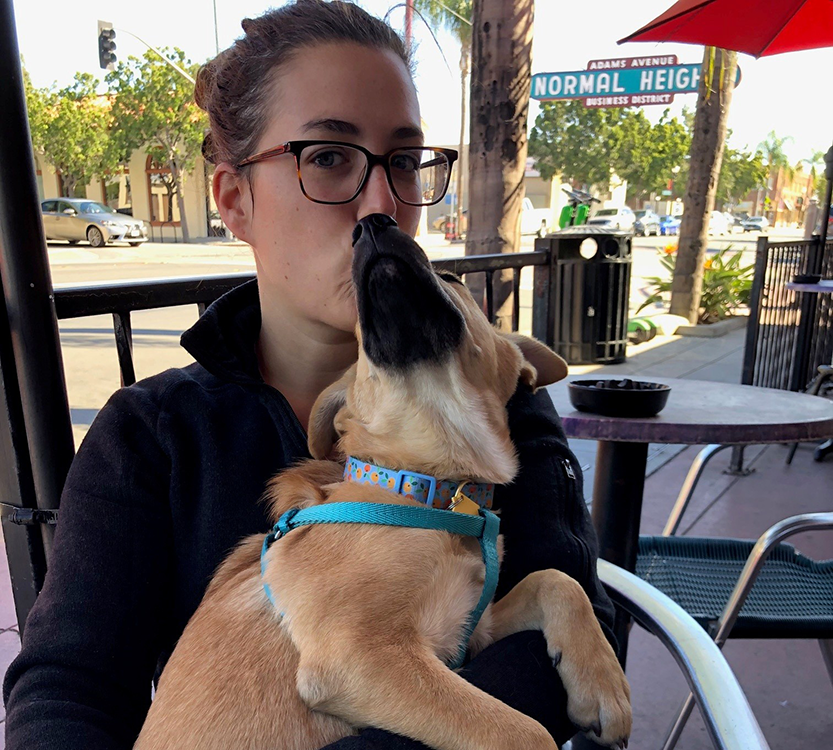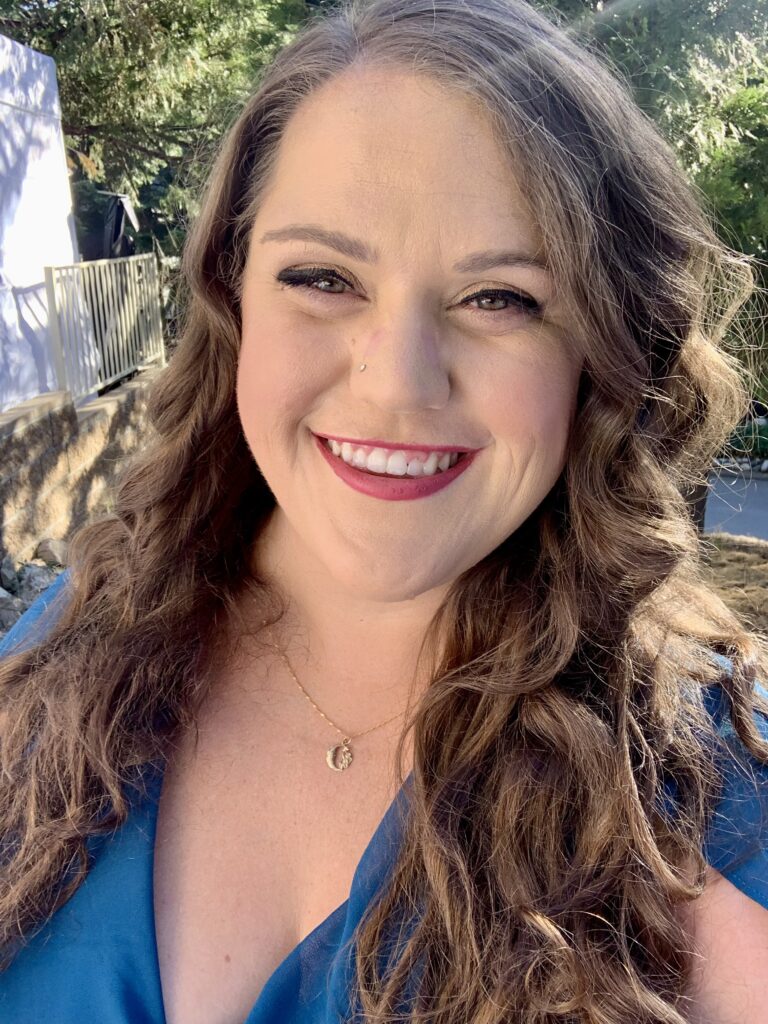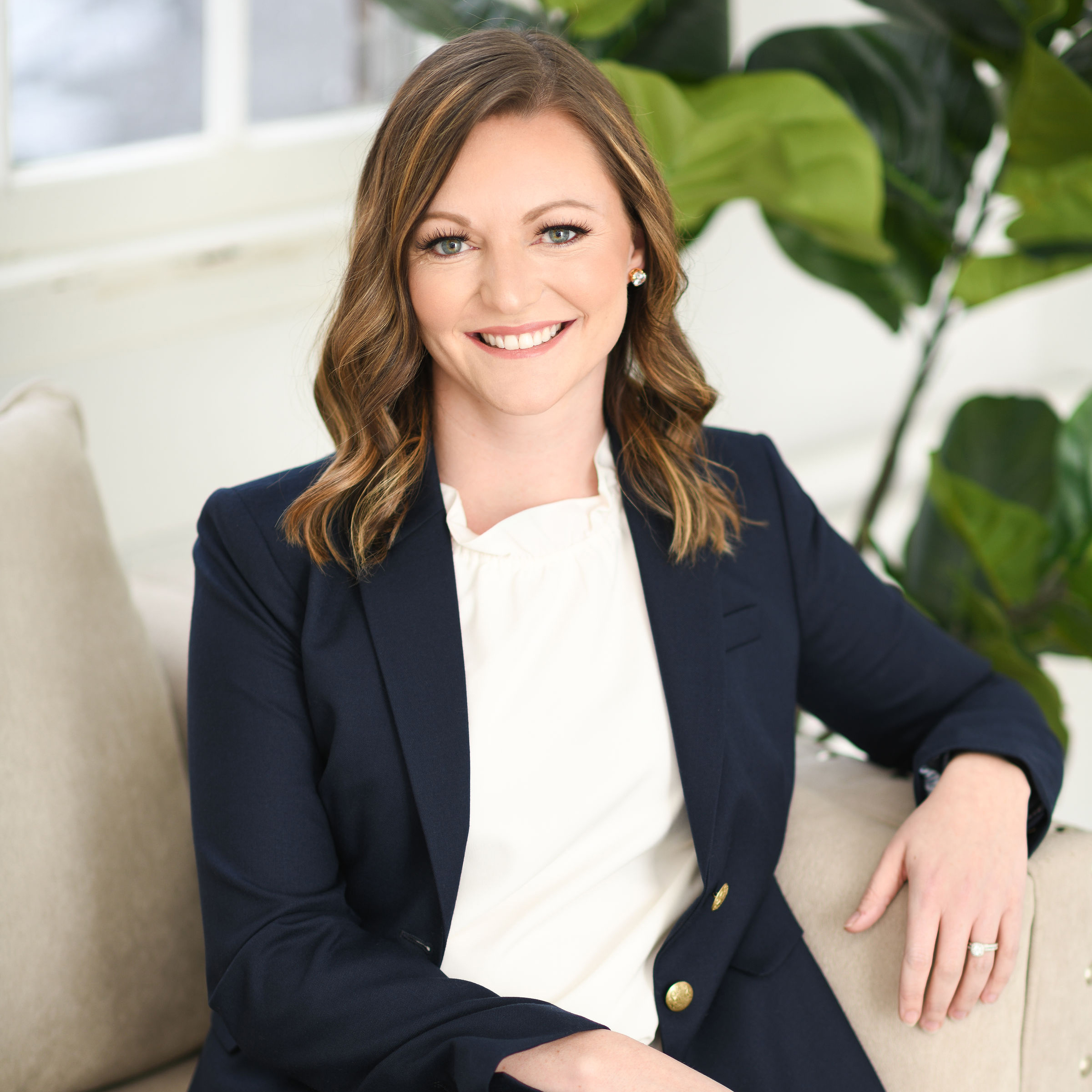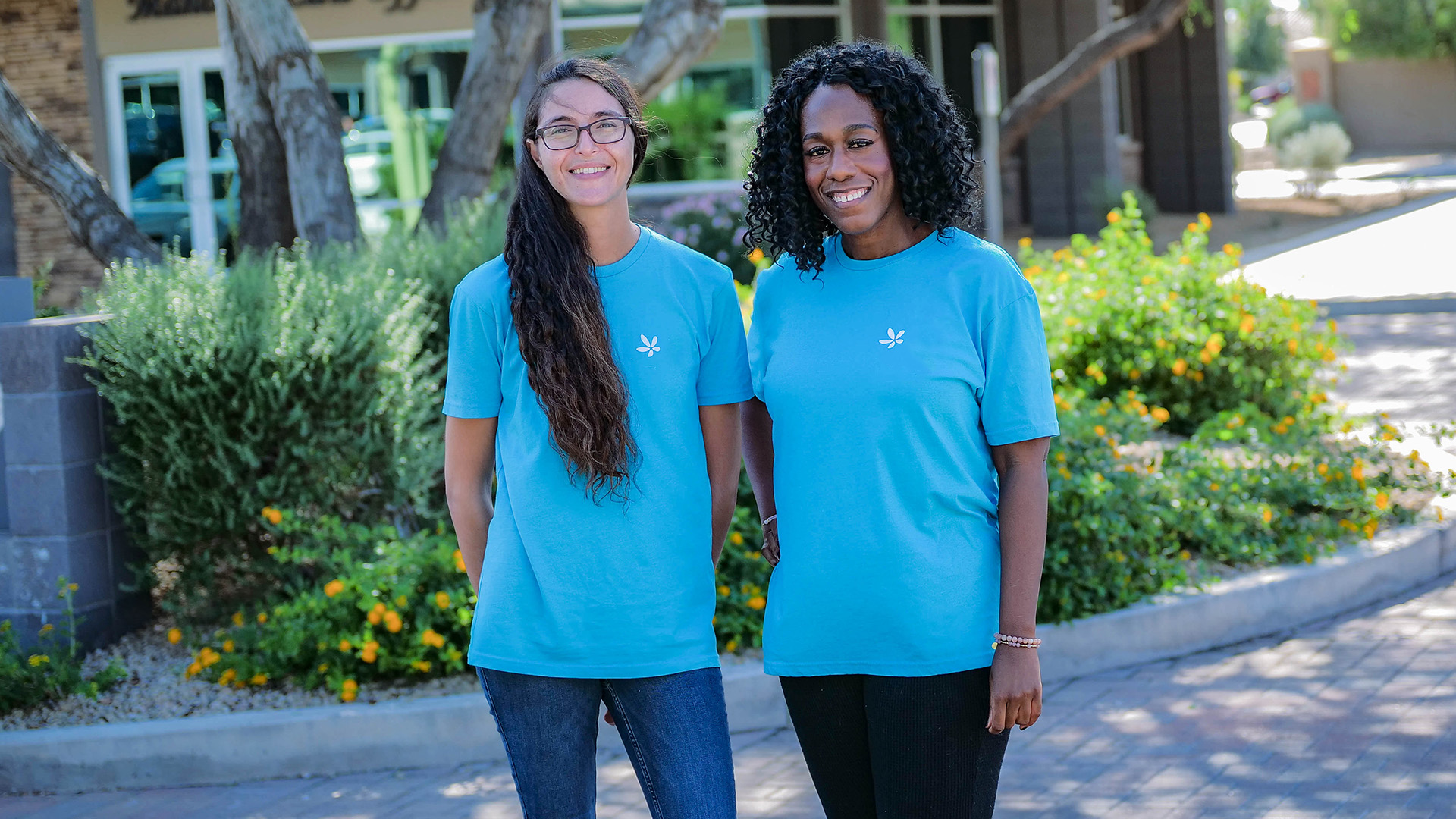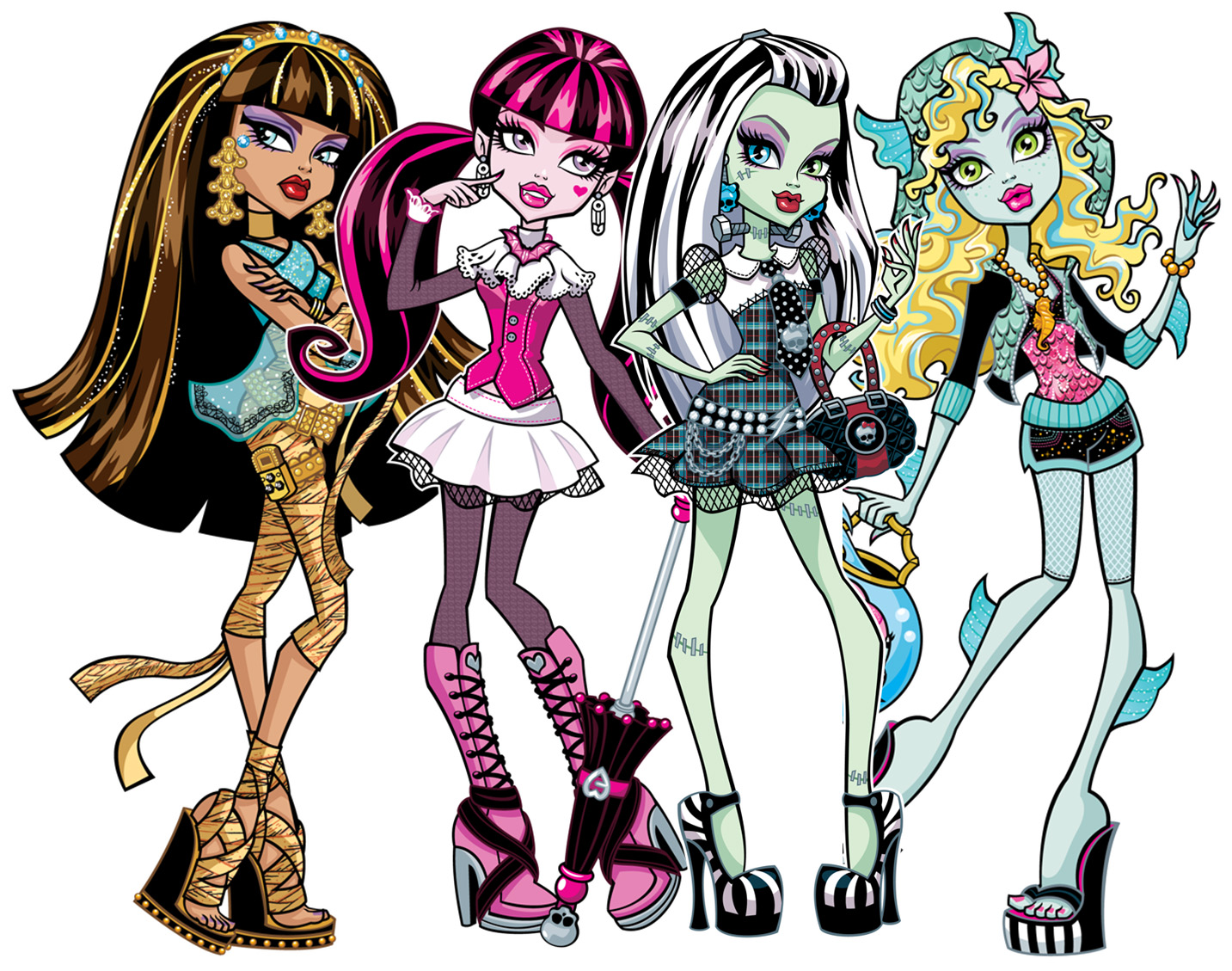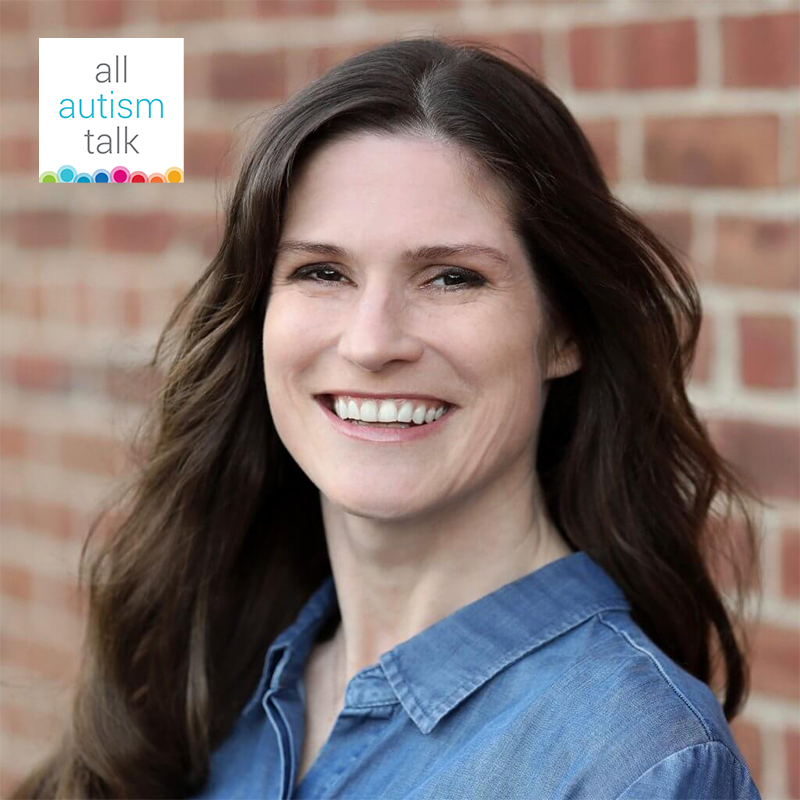First off, let’s talk about gender identity. How do you identify?
I identify as floating between more of a masculine view and a gender-neutral view. If I was going to put a label on that, the closest I’ve heard is demi.
Now of course, gender identity is different than gender expression. Can you tell me a little bit about your gender expression?
I’d say my gender expression comes more with whatever accessories I have with me or how I decorate my house. Clothing-wise, I dress for practicality and male clothing is more designed for practicality rather than decorative purpose so I generally dress more “male.” But I have some feminine-tinged decorations around the house. My big aesthetic is horror, folklore, and mystery (not violence). [Sam turns the camera to show me a well-organized closet and shelving system filled to the brim with a bright assortment of costumes.] I have a lot of things based around ghosts and creatures. I’m interested in strange anatomy, not the act of doing harm. How bodies move, the forms of a body, the wings, the features.
I also carry a lot of toys in my car for work, like child-appropriate things that I feel like anybody could play with; I like to have these items with me. It makes me feel like I’m passionate about my job and also, I can zone out and [play with] them. That’s how I establish my aesthetic more than what I wear.
One thing [about my gender expression] that’s my actual body is my long hair. It’s partially a feminine thing but also a gender-neutral thing. On me, it doesn’t look feminine, so it’s blending both. My gender expression is how I surround myself with objects, and I pick objects that are not specifically gender coded…but if they are gender coded, they’re more coded toward feminine. Like the fashion dolls, but those have a component of horror and mythology, which I don’t view as being a gender-coded subject.
How does being gender-expansive affect your life?
It affects my life mostly in my interests and how open I am. I feel like I have to pick and choose what parts of myself I’m going to share; whether that’s going to be welcomed or not. It only affects me fairly mildly, I know for other gender diverse people it affects them more. For me [the question is], “this is something I like, is this something I keep to myself or something I share with somebody else?”
I have interests that are not considered masculine. For instance, in the other room, I have a shelf full of dolls. That’s something that I used to feel was inappropriate.
These barriers are fading with these new generations, but there are autistic adults that have things that are not viewed as age-appropriate interests. There are these set boundaries of what is appropriate for you to be interested in that you transgress. Your interests and the boundaries that you transgress go hand-in-hand with being gender diverse and being autistic.
How did you first recognize that you were demi, or gender-diverse?
A big thing that made me realize that I was gender-diverse was that I watch a lot of cartoons, a lot of shows with younger people. I like shows where there’s an all-girl cast; I identify with them a lot more than shows where there’s an all-male cast. [How an all-girl cast relates to each other is] how I want to talk to people. Because that’s more of an intimate, caring viewpoint. I wonder if that’s going to come off as weird or especially because I’m a man, is that going to come off as sexual and therefore threatening. I wonder how to approach people, because I want to approach people in a very caring way; but do I need to stamp that down? Sometimes, I’m meaner than I feel like I should be in terms of jovial insults to balance it out. I think, “I’m being too considerate, too genuine, I have to call you an idiot now. Oh, wait, was that too harsh to call you an idiot?”
Can you tell me more about your fashion dolls?
As a kid I liked dolls. Getting a toy from McDonalds, if the choice was the car or the Barbie, I wanted the Barbie. I liked that they had arms and legs that I could manipulate, I was more of an action figure person. Besides McDonald’s, I was never interested in them on my own, but as an adult in 2014, I came across Monster High dolls. The idea is that they’re based on monsters from folklore as teenagers and they each have something with their body they have to deal with. The Frankenstein girl, her body occasionally falls apart. The doll from the black lagoon has a skin condition where she constantly has to moisturize or she dries out. They all have an inconvenience that they have to deal with, they’re just accepted for who they are. For me that’s a very autistic narrative, very living-with-a disability narrative.
Tell me about being a gender-diverse BCBA:
And then when it comes to gender diversity, that comes into effect more with interests…. If my kid likes vacuums, I will bring my vacuum…. If my kid likes fairy tales, mythology, or magic, I will go to the library and get 11 books on fairies, and we’ll just go through them together and pick out our favorite creatures. There have been a couple of times where parents have wanted their kids to stop being interested in what they’re interested in and be interested in something more “gender appropriate.” I had to think about how I would approach this to defend my client without revealing too much about myself. I’m a man working with children and there’s a stigma about men working with children, with queer people working with children, with homosexuals working with children. I feel if I’m revealing too much about myself or not enough, there could be a misinterpretation, they might view me as a danger to their child when I’m just trying to defend them. Fortunately, I haven’t had to deal with it too much.
Tell me about being an autistic BCBA:
Primarily, being autistic is what comes into play when I’m working with the kids, and more often, with the parents when I don’t necessarily come into conflict, but I come in to decisions that need to be made, and how I approach things. When that comes in as a general rule, I never let any parents know that I’m autistic because I don’t want to set myself up as an example of what their kid is going to be or create the illusion that I’m an expert in autism.
So…you are autistic and work to support people who are autistic…but you don’t consider yourself an expert in autism?
The thing is that when I was younger, I tried to be an expert in autism, and I realized how much pressure I was putting on myself, undue pressure, because autism is such a wide thing. I tried to make myself a representative and I realized that it was kind of out of guilt for being autistic, where I was like, “I’m sorry I’m this way, let me be as easy to understand, let me be a lesson.” Only in my adult life did I kind of realize that, so I’m trying to un-do that pattern of behavior.
Because it took a toll on your mental health?
Right. And because it’s stressful. And because it’s not true. No doctor, people assume that an expert knows absolutely everything. And nobody knows everything about autism. We barely understand it. There’s like 400 genes that affect it, and we don’t know how they affect it, they just do. And we know some techniques that we can use to help people learn what they normally would not be able to learn, we know some of the symptoms, but the definition is always changing. Autism is that something you can’t really be an expert in, you can just be knowledgeable.
Sam Krus is a BCBA in Waukegan, IL who practices in Kenosha and Madison, WI. Sam enjoys fashion dolls, podcasts, making costumes, role-playing games, board games, and reading when they have the time and energy.



